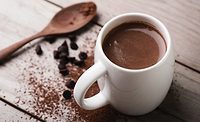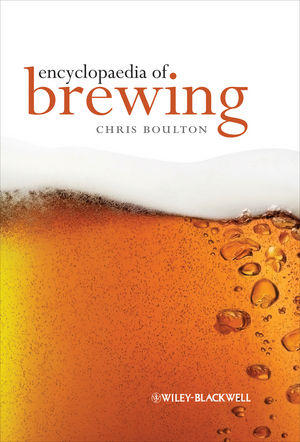Kombucha resonates in beverage marketplace
Kombucha sales increase 10-fold

Before I started working in the beverage industry, I had never heard of kombucha and I’m willing to bet the same held true for other baby boomers outside of the industry. Yet, myself and millennials, in particular, are flocking to kombucha teas for their Asian-inspired health-and-wellness attributes and functionality.
In fact, in Beverage Marketing Corporation’s (BMC) infographic of the shifting beverage landscape, kombucha sits near the top of high-growth, high-value beverages for the 2012-2017 time period, surpassing coconut water, hard cider and almond milk. BMC’s March report, “Beverages 2018: What’s in Store,” notes that bottled water is No. 1 in sales, by volume, with 4,498 million gallons and a 4.5 percent compound annual growth rate (CAGR), while ready-to-drink teas ranked No. 2 with a CAGR of 3.6 percent and 514 million gallons.
A tea that has been fermented with bacteria and yeast, kombucha becomes rich with probiotics, antioxidants, amino acids, polyphenols and enzymes during culturing, said Brian Sudano, managing partner at BMC, in a statement.
“Kombucha tea may not be for everyone, but it is a red-hot category right now,” Sudano said. “We think this Asian-inspired health-and-wellness drink represents a natural evolution of the ‘new age’ category as consumers push the boundaries of functionality in their beverage choices.”
BMC’s proprietary DrinkTell database estimates that the kombucha category rose to just less than 24 million 192-ounce cases in 2017, nearly 10 times the volume of 2.8 million cases in 2011.
Going forward, Sudando suggests that improvements can be made on the brand strength and distribution power of kombucha. “Current trends look promising and the category is on a path to achieve critical mass,” he says.
In the future, it will be interesting to see the evolution of kombucha in beverage aisles.
Looking for a reprint of this article?
From high-res PDFs to custom plaques, order your copy today!







